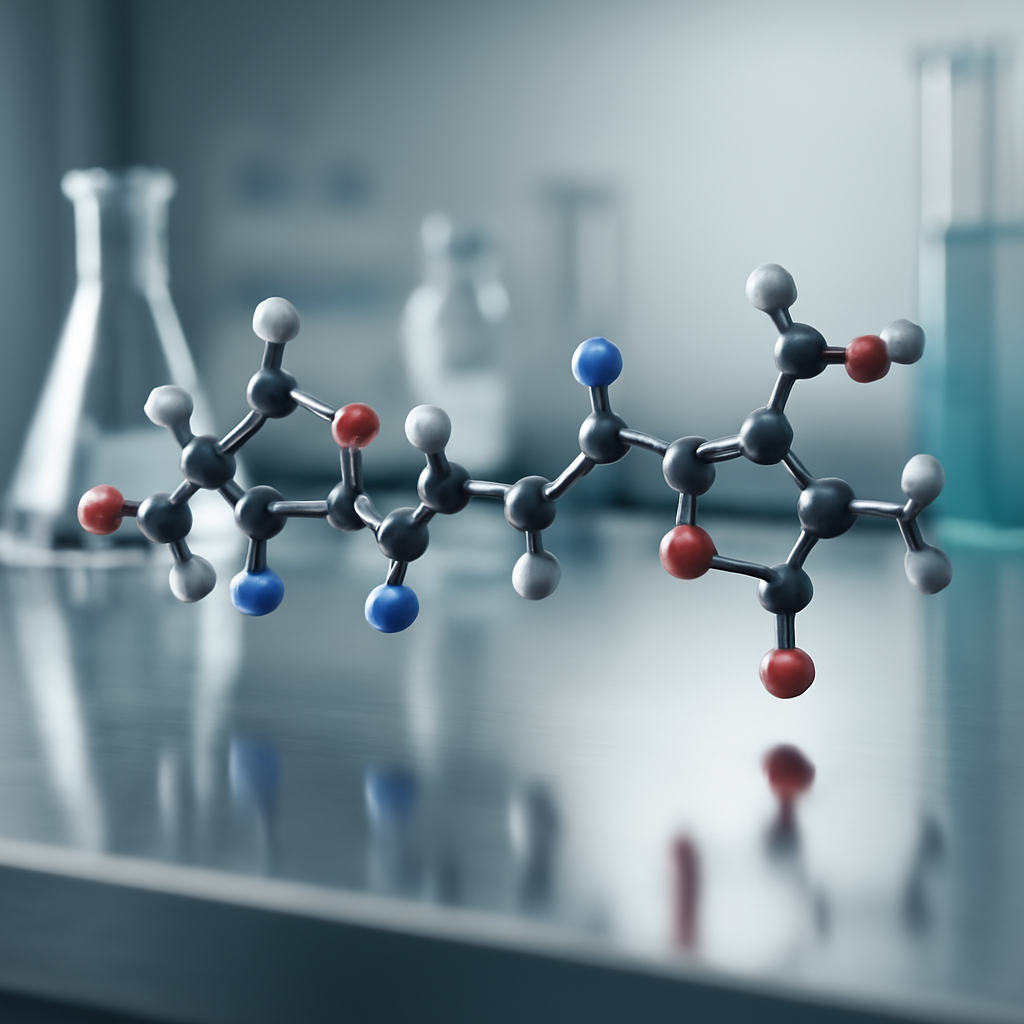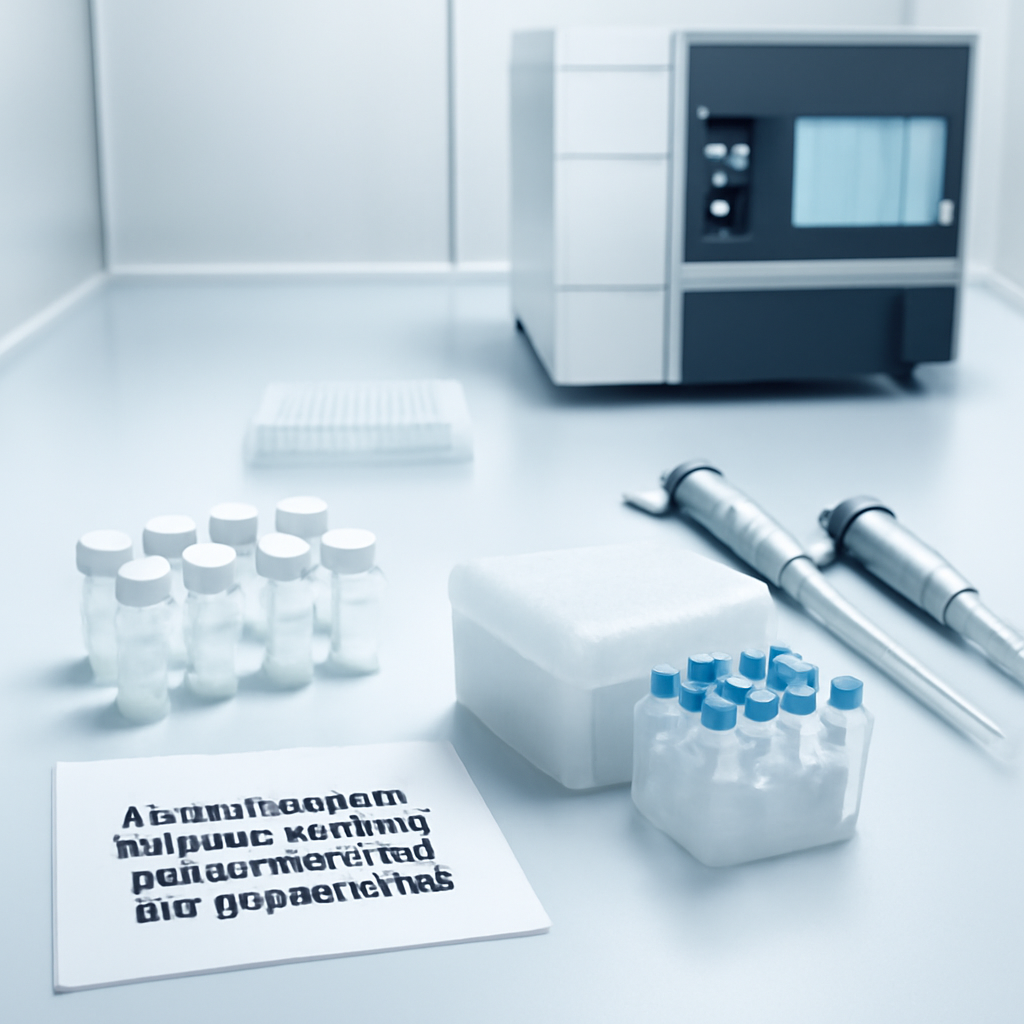Understanding the Stability and Storage of GHRP-6 for Laboratory Applications
GHRP-6, or Growth Hormone-Releasing Peptide-6, is a synthetic peptide widely utilized in preclinical research to explore its effects on growth hormone secretion and related molecular pathways. Given its significance in research settings, understanding the stability and proper storage of GHRP-6 is crucial for maintaining its integrity and ensuring reproducible results. This article delves into the scientific aspects of GHRP-6 stability, mechanisms affecting its shelf life, and best practices for storage, providing valuable guidance for researchers working with this peptide.
Peptide Background and Scientific Properties
GHRP-6 is a hexapeptide with the sequence His-D-2-methyl-Trp-Ala-Trp-D-Phe-Lys-NH2. It acts primarily as a growth hormone secretagogue, stimulating the release of endogenous growth hormone from the pituitary gland. Its mechanism involves binding to the growth hormone secretagogue receptor (GHS-R), leading to activation of downstream signaling pathways that promote hormone secretion. In laboratory research, GHRP-6 is used to study its effects on cellular proliferation, metabolic regulation, and molecular signaling pathways related to growth hormone release.
Mechanisms of Action
Cellular Pathways Affected
GHRP-6 influences multiple cellular pathways, primarily through GHS-R activation. Binding to this receptor triggers the phospholipase C pathway, resulting in increased intracellular calcium levels, which subsequently stimulate growth hormone secretion. Additionally, GHRP-6 can modulate the MAPK/ERK pathway, influencing cellular proliferation and differentiation. These pathways are critical in understanding how GHRP-6 exerts its biological effects in preclinical models.
Receptor Interactions
The peptide exhibits high affinity for the GHS-R type 1a receptor, which is expressed in the pituitary and hypothalamus. Its interaction mimics the effects of natural growth hormone-releasing hormone (GHRH), but with a distinct binding profile that enhances secretion. Understanding these receptor interactions is vital for interpreting experimental outcomes and designing appropriate research protocols.
Research Use and Experimental Protocols
In preclinical research, GHRP-6 is typically administered via injection, with dosing regimens ranging from 50 to 100 micrograms per kilogram of body weight in animal models. Delivery methods include subcutaneous or intraperitoneal injections, depending on the study design. Researchers often utilize GHRP-6 to evaluate its effects on serum growth hormone levels, cellular proliferation assays, or molecular pathway analyses. Proper handling and storage are essential to preserve peptide activity throughout experimental procedures.
Comparison with Other Research Peptides
GHRP-6 is often studied alongside other growth hormone secretagogues such as CJC-1295 and Tesamorelin. While each peptide has unique properties and receptor binding affinities, they all share the common goal of modulating growth hormone release in preclinical models. Understanding the differences in stability profiles and storage requirements among these peptides can aid researchers in selecting the most appropriate compound for their experiments.
Storage, Stability, and Handling
GHRP-6 is generally supplied as a lyophilized powder that requires reconstitution before use. To maintain its stability, it should be stored at -20°C or below, protected from light and moisture. Once reconstituted, GHRP-6 solutions are typically stable for up to a week when kept refrigerated at 2-8°C; however, long-term storage is recommended at -20°C to prevent degradation. Solvents such as sterile water or acetic acid solutions are used for reconstitution, and aliquoting can minimize freeze-thaw cycles that may compromise peptide integrity. Proper handling and storage are critical to ensure consistent experimental results.
Conclusion
Maintaining the stability of GHRP-6 is essential for reliable research outcomes. By understanding its molecular properties, mechanisms of action, and optimal storage conditions, researchers can optimize their experimental protocols and preserve peptide efficacy. Proper storage practices, including temperature control and protection from environmental factors, extend the shelf life of GHRP-6 and contribute to reproducible scientific findings. As research continues to evolve, staying informed about peptide stability will remain a cornerstone of preclinical studies involving growth hormone secretagogues.
Disclaimer: This content is for educational and research purposes only. None of the peptides mentioned are intended for human use.


